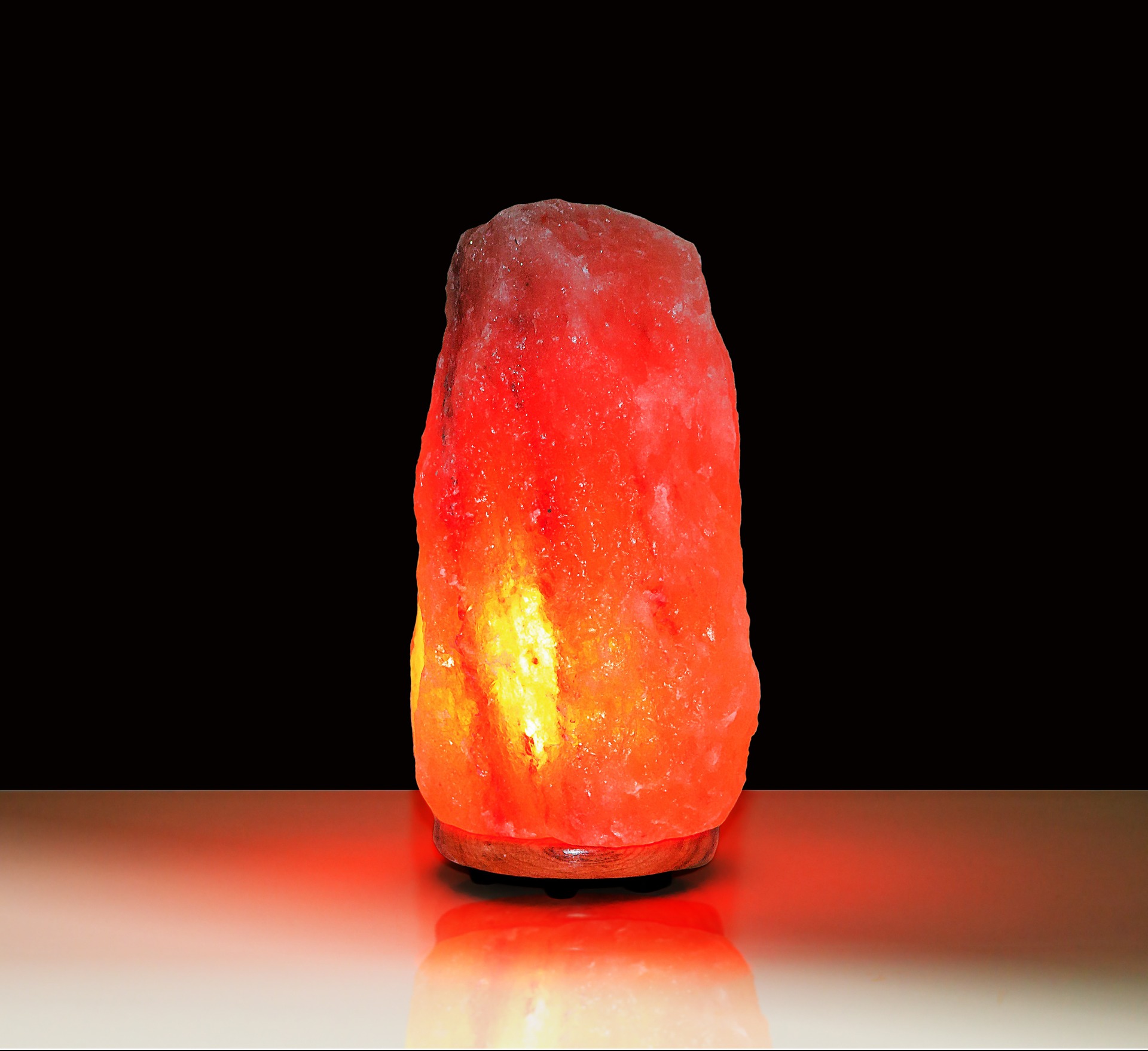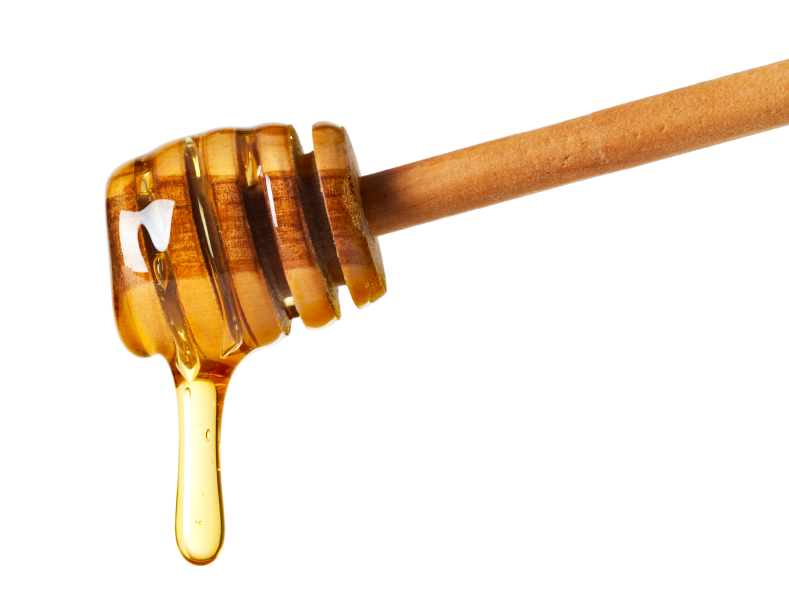Health benefits of Himalayan salt lamps: Fact or fiction?
05/06/2019 / By Lance D Johanson

Have you heard about the health benefits of Himalayan salt lamps? There are many positive claims about Himalayan salt lamps on the internet, but much of the so-called benefits are just conjecture — not based on any concrete evidence.
A Himalayan salt lamp is basically a handcrafted brick of salt taken from salt mines throughout the world. Most of the salt is harvested from the Khewra Salt Mine in Pakistan. The salt is believed to be millions of years old. Its pink color indicates the presence of minerals.
A sizeable hole is carved out in the center of the salt block to place a light bulb within. After it is plugged in, the light pierces through the salt, letting off a low ambience and a pink glow. Advocates claim that, when the light pierces through, the heated salt reacts with water vapor and lets off ions that clean the air in your home. Advocates also claim that this process of ionization can soothe allergies, heal cystic fibrosis, improve mood, and help you sleep. Upon further investigation, these health claims are generally over exaggerated. The amount of ions created by a salt lamp is negligible and not sufficient enough to provide real health benefits.
Salt lamp health claims are exaggerated
The natural health industry claims that these lamps are “natural ionizers,” that they change the electrical charge of the air in your home and improve the air’s quality. The salt is known for drawing in water particles. As the lamp heats up, the water evaporates off. This reaction is assumed to cause the formation of negative ions that are then released into the air. These negative ions attract “toxins” and neutralize them, purifying the air.
The formation of negatively-charged ions is a real phenomenon that occurs during the transfer of protons and electrons. Negatively-charged ions are created during thunderstorms. That fresh scent following a thunderstorm indicates the presence of naturally-created ions. However, the amount of ions created by salt lamps is unproven, and may have no effect on human health.
This process of ionization is not a miracle cure for respiratory diseases, even when patients are exposed to large quantities of ions in salt caves. Halotherapy is the practice of spending time in salt caves to help heal the respiratory system. When it comes to improving lung function, evidence for halotherapy is lacking. Asthmatic patients and those struggling with cystic fibrosis and COPD shouldn’t waste their time and put false hope in a mere Himalayan salt lamp.
Compared to salt lamps, air ionizer machines can emit much greater levels of negative ions in a short amount of time, but even these machines have yet to prove beneficial for people with asthma and weakened respiratory function. In one study, high levels of ions improved sympathetic nervous system function, including verbal factor, reasoning, and perceptual speed, but did not improve respiratory function. A HEPA air filtration system provides the greatest relief for people who struggle with home air quality. These air filtration systems remove mold, smoke, pollen, dander, pathogens, and toxic chemicals from the air, but the process of ionization is controversial for lung health.
There are also claims that Himalayan salt lamps can improve your mood and ease depression. While they are pretty and decorative, their mood-enhancing benefits are merely believed – based on the placebo effect. It takes a high level of negative ions to improve serotonin levels and salt lamps do not have the capacity to provide the amount of ions needed to permanently change physiological processes in the brain.
Health claims for improving sleep quality are misleading, too. The only way a Himalayan salt lamp can help someone get a better sleep is when it is used as a replacement for bright lights in the hours before a person lays down to bed at night. When one turns off all bright lights, phones, and television two hours before bed, their brain produces more melatonin, helping them sleep better at night. The dim light can replace bright lights before bed and help the natural process of melatonin production.
While the lamps are indeed beautiful and make a great addition to any home, the health benefits of Himalayan salt would be better realized if it was consumed. The salt has a greater level of iron, potassium, calcium, and magnesium than traditional table salt.
Sources include:
Submit a correction >>
Tagged Under:
air ionizers, exaggerated claims, halotherapy, healing, Himalayan Salt, ions, melatonin, natural medicine, negative ions, nutrients, placebo effect, respiratory function, salt mines, serotonin, thunderstorms
This article may contain statements that reflect the opinion of the author
RECENT NEWS & ARTICLES
COPYRIGHT © 2017 HEALING NEWS





















